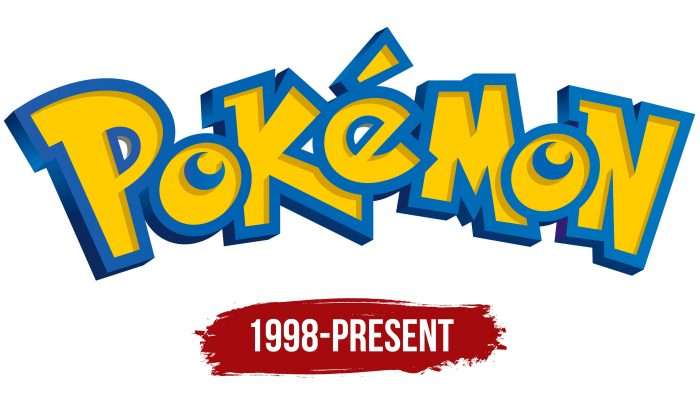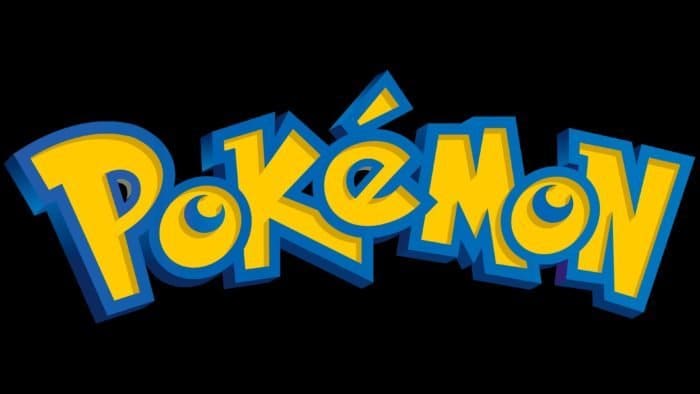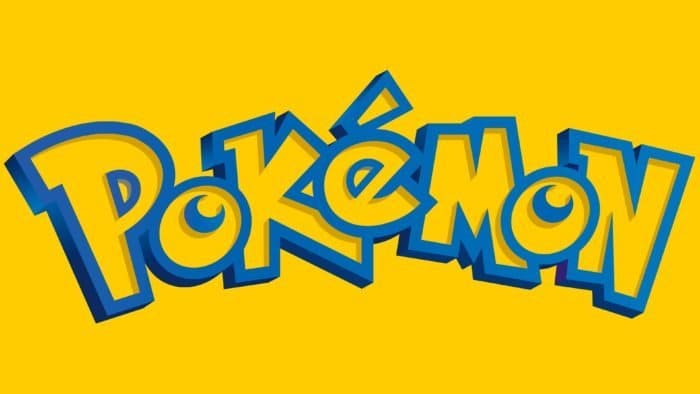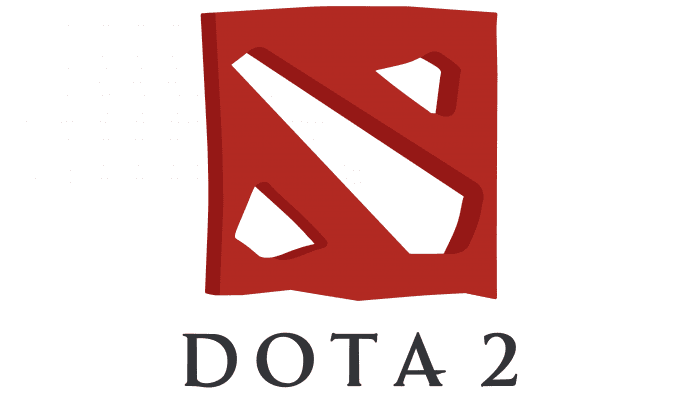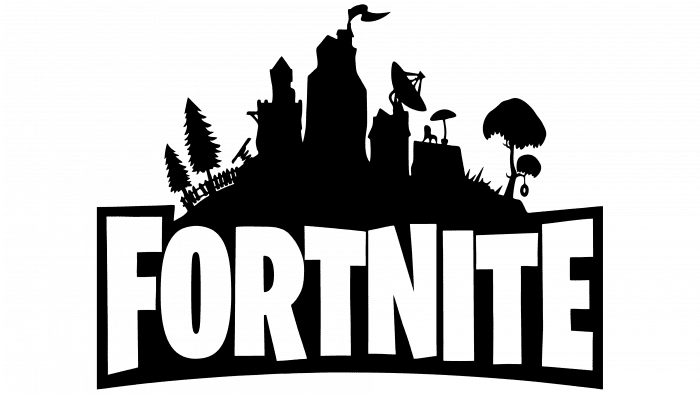In 1995, the Japanese company Nintendo created a new world of entertainment that surpassed the popularity of Mario. Focusing on children ensured the Pokemon logo had a bright, appealing visualization with unusual images reflecting the world’s features and national identity.
Pokemon: Brand overview
| Founded: | 1996 |
| Founder: | Nintendo, Creatures, Game Freak |
| Headquarters: | Japan |
| Website: | pokemon.com |
Meaning and History
The media franchise has a recognizable yellow and blue logo. Most fans know its English version, though it has been translated into many other languages. All variations are similar to each other. The Japanese logo stands out for its shape and color. The trademark and trade name rights belong to Nintendo.
The project was launched in 1995, but “Pokemon” quickly became famous in a relatively short time—all thanks to the original presentation of a fictional world primarily aimed at children. Considering the target audience’s age, it couldn’t do without elements of visual identification. After all, the younger generation pays attention to bright colors and unusual visual images, meaning the logo must stand out noticeably.
What is Pokemon?
Pokemon is a successful media franchise based on the namesake video game and only second in popularity to Mario. It belongs to the Japanese company Nintendo and, besides computer games, includes anime, several animated series, a feature film, and various manga series. They are united by common characters – Pokemon, which trainers catch and train for battles.
Pokemon: Interesting Facts
Pokémon is a big deal all around the world. It was started in the 1990s by Satoshi Tajiri and Ken Sugimori. What began with video games grew into card games, TV shows, movies, and all sorts of things to buy, loved by millions.
- Bug Collecting: Satoshi Tajiri liked to collect bugs when he was little. This became the idea for Pokémon, which allows you to catch and collect different creatures.
- First Games: Pokémon started with two games, Pokémon Red and Green, in Japan in 1996. They were so good that they were sold in other countries, too. Since then, there have been lots of Pokémon games.
- Pokédex: The Game Boy inspired the Pokédex in the games, like a digital book about Pokémon. Tajiri thought it would be cool to have a device where players could share Pokémon information, just like how you could connect Game Boys to play together.
- Name: “Pokémon” is a short way of saying “Pocket Monsters” in Japanese. This name comes from the idea of little creatures you can carry around.
- Popular: Pokémon makes a lot of money from its games, cards, and merchandise. It’s one of the biggest moneymakers in games and stuff.
- Lots of Pokémon: There are over 800 types of Pokémon now, and each new game usually adds more and shows us a new place that looks like somewhere in the real world.
- Cards: The Pokémon Card Game was first released in the US in 1999. It’s popular, and some cards are worth a lot of money.
- TV Show: A Pokémon TV show started in 1997. It’s about a boy named Ash and his Pokémon, Pikachu. They go on adventures because Ash wants to be a Pokémon Master.
- Big Influence: Pokémon has influenced many other things and made many toys and products. People have even studied it to see how it affects learning and culture.
- Pokémon GO: In 2016, a game called Pokémon GO came out on phones. It lets you find Pokémon in the real world. It became super popular fast.
Pokémon is all about exploring, collecting, and being part of a community. It keeps developing new ideas, so people will probably love it for a long time.
Font and Colors
The main emblem of the media franchise is the inscription “Pokemon.” It was adopted in 1998 and became the main distinguishing mark of the products. It encodes the brand name Pocket Monster, hinting that trainers carry Pokemon in special Pokeballs.
However, the secondary symbols depicting numerous characters are equally important. These include old and new fictional creatures (around 802 types in total), including the most famous among them – Pikachu. The main characters from anime, films, and games are also often featured.
The logo font is custom-designed. Then, fan versions of Pokemon Hollow and Pokemon Solid were created and modeled after the original. The brand name is written in yellow characters with a blue outline. In this case, the word bends like a rainbow.
Different letter sizes emphasize a childlike style. All consonants are written in uppercase, and vowels in lowercase. The “o” and “e” come to the foreground, partially overlapping the “p,” “k,” “m,” and “n.” They hang over the line, creating a bouncing text effect. The playful font is characterized by uneven line length and width. The spaces inside the letters are small. The “P” and “e” have semi-circular forms, while the “o” lacks them completely, replaced by blue crescent strips.
In addition to the primary colors, their shades are also used, making the inscription appear three-dimensional. Moreover, designers deliberately surrounded the letters with wide frames and made a gradient transition in some places to enhance the 3D effect.
Pokemon color codes
| Tangerine Yellow | Hex color: | #ffcb05 |
|---|---|---|
| RGB: | 255 203 5 | |
| CMYK: | 0 20 98 0 | |
| Pantone: | PMS 7549 C |
| Steel Blue | Hex color: | #3d7dca |
|---|---|---|
| RGB: | 61 125 202 | |
| CMYK: | 70 38 0 21 | |
| Pantone: | PMS 279 C |
| Dark Midnight Blue | Hex color: | #003a70 |
|---|---|---|
| RGB: | 0 58 112 | |
| CMYK: | 100 48 0 56 | |
| Pantone: | PMS 654 C |
FAQ
What symbols do Pokemon have?
The Pokemon Bank has special symbols indicating the characters’ origins. For example, the Hisui mark indicates that the Pokemon initially appeared in the game Pokemon Legends: Arceus, and the black clover indicates a connection with the seventh generation of games for Nintendo 3DS. In turn, characters debuting in the sixth-generation games are marked with a blue pentagon.
Who designed the Pokemon logo?
The Pokemon logo was conceived by Japanese illustrator and game designer Ken Sugimori, who drew all the Pokemon for the games and anime. Initially, he worked as the art director of the franchise and was responsible for character creation.

